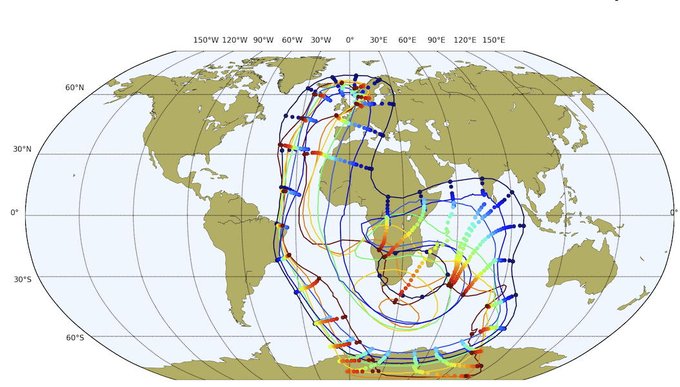
We evaluate four mantle convection models that use tectonic reconstructions to specify kinematic boundary conditions to explore the development of the lower mantle large low shear velocity provinces (LLSVP) structures and their relationship with mantle plumes. Evolution of mantle plumes in our spherical models is broadly consistent with observations including the number of plumes generated and their physical properties, trajectories, and timings. Broad modeled anomalously dense structures (MADS) form at the base of the mantle in similar locations to the African and Pacific LLSVPs and the Perm Anomaly in all models, with boundaries deforming at mean rates of 8–12 km Myr−1. The western and southern walls of the African LLSVP remain relatively stable over time in our models—these edges are associated with the majority of kimberlites previously interpreted as evidence for African LLSVP stability. Our models highlight that these slow moving LLSVP edges are not representative of their overall stability and that edges proximal to subduction zones are significantly more prone to migration.
DOI: 10.1016/B978-0-323-85733-8.00022-6
![]()
